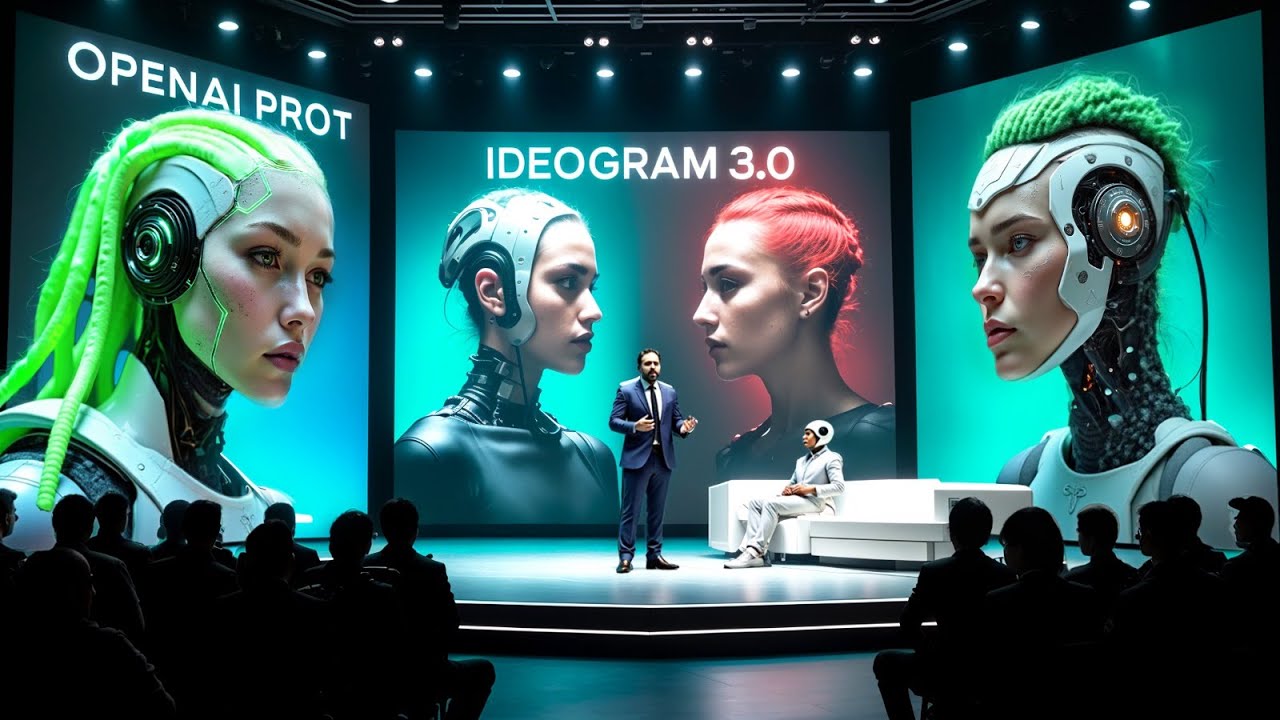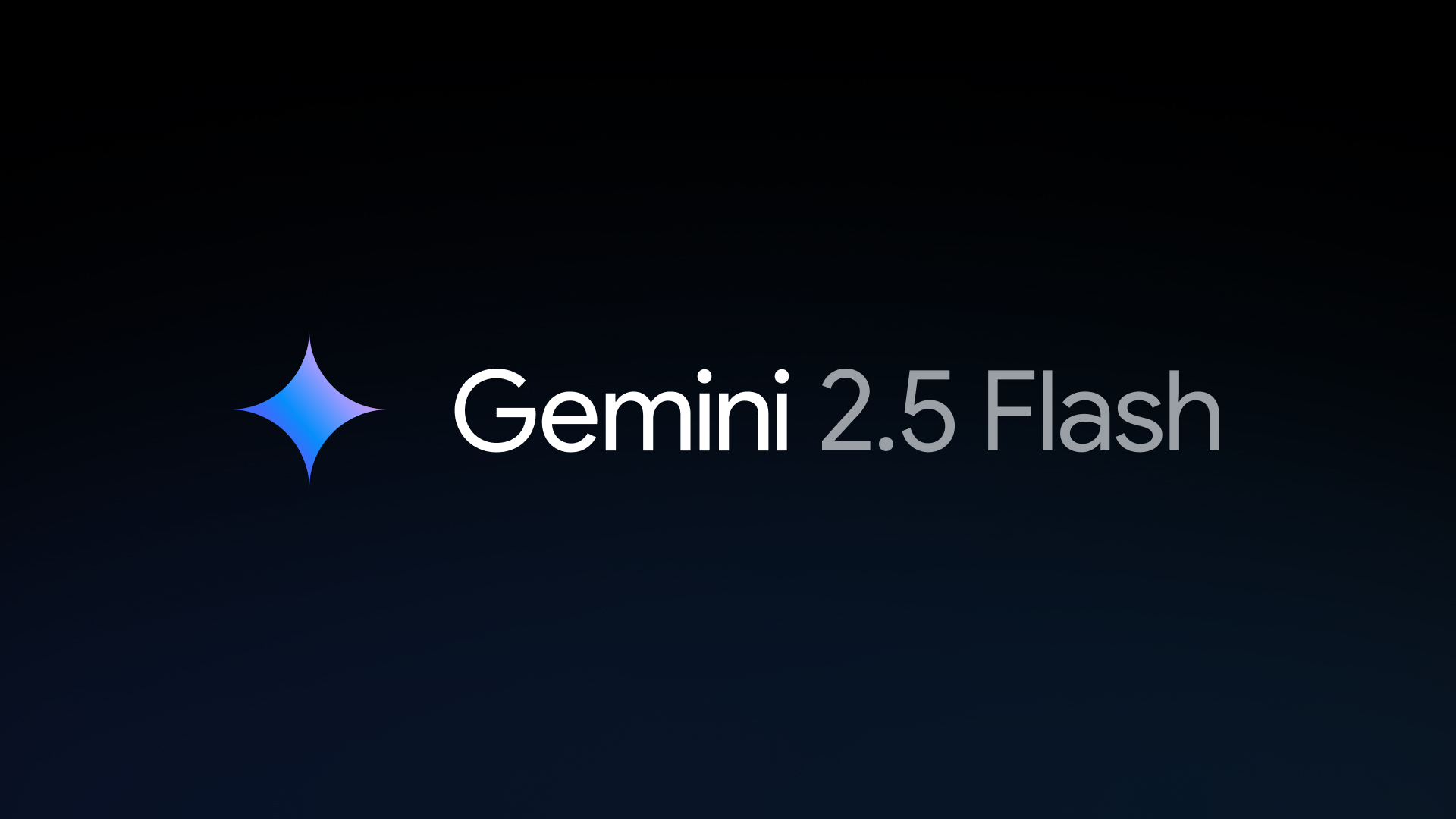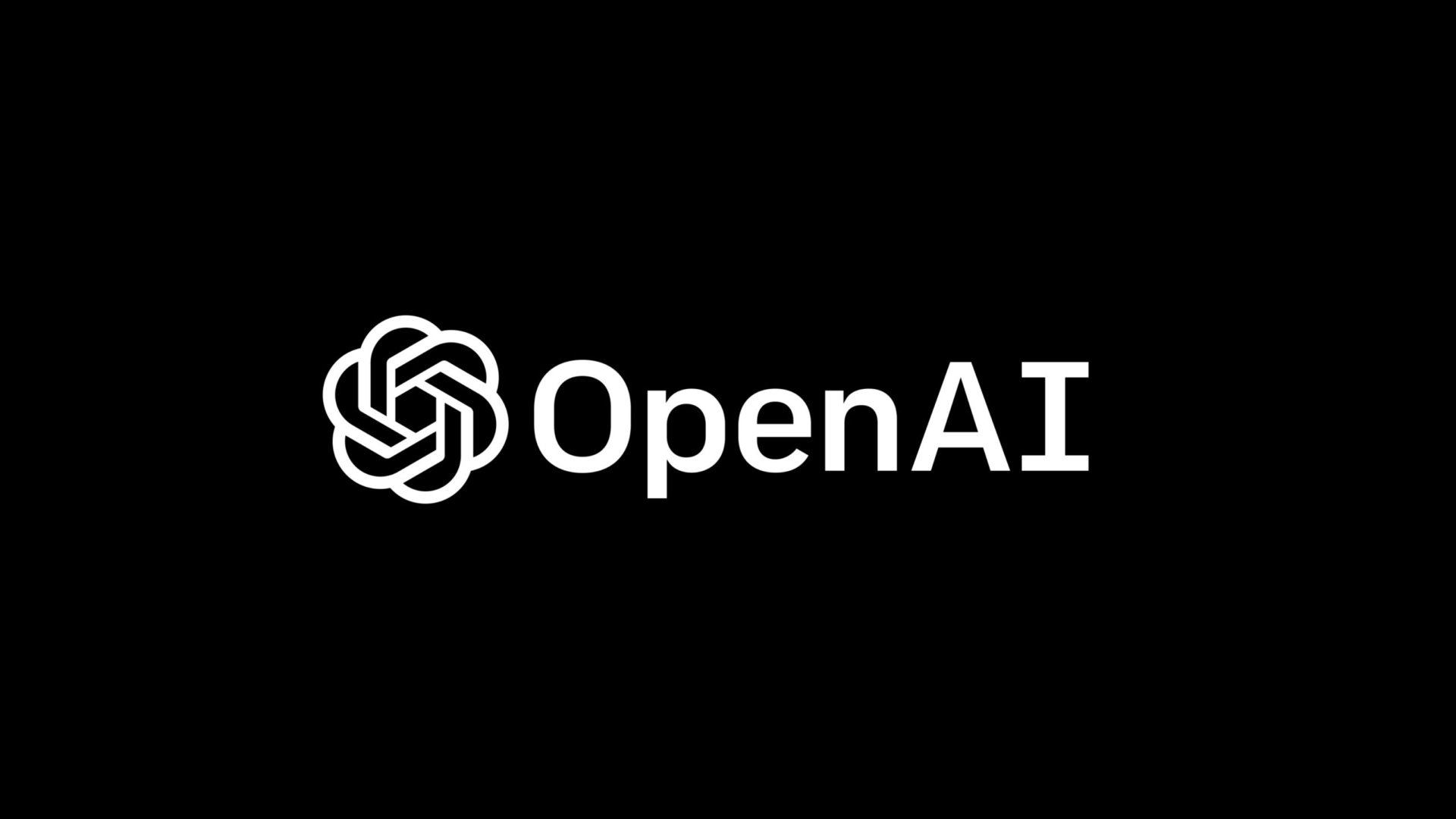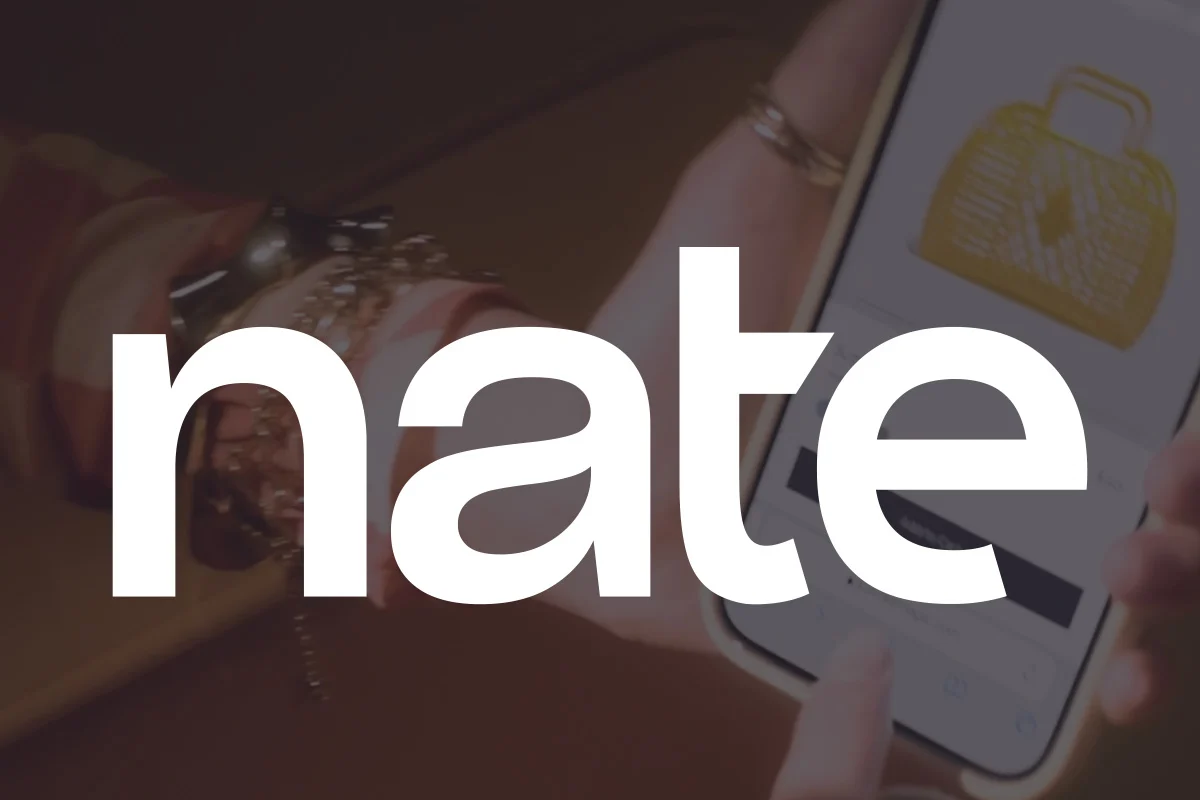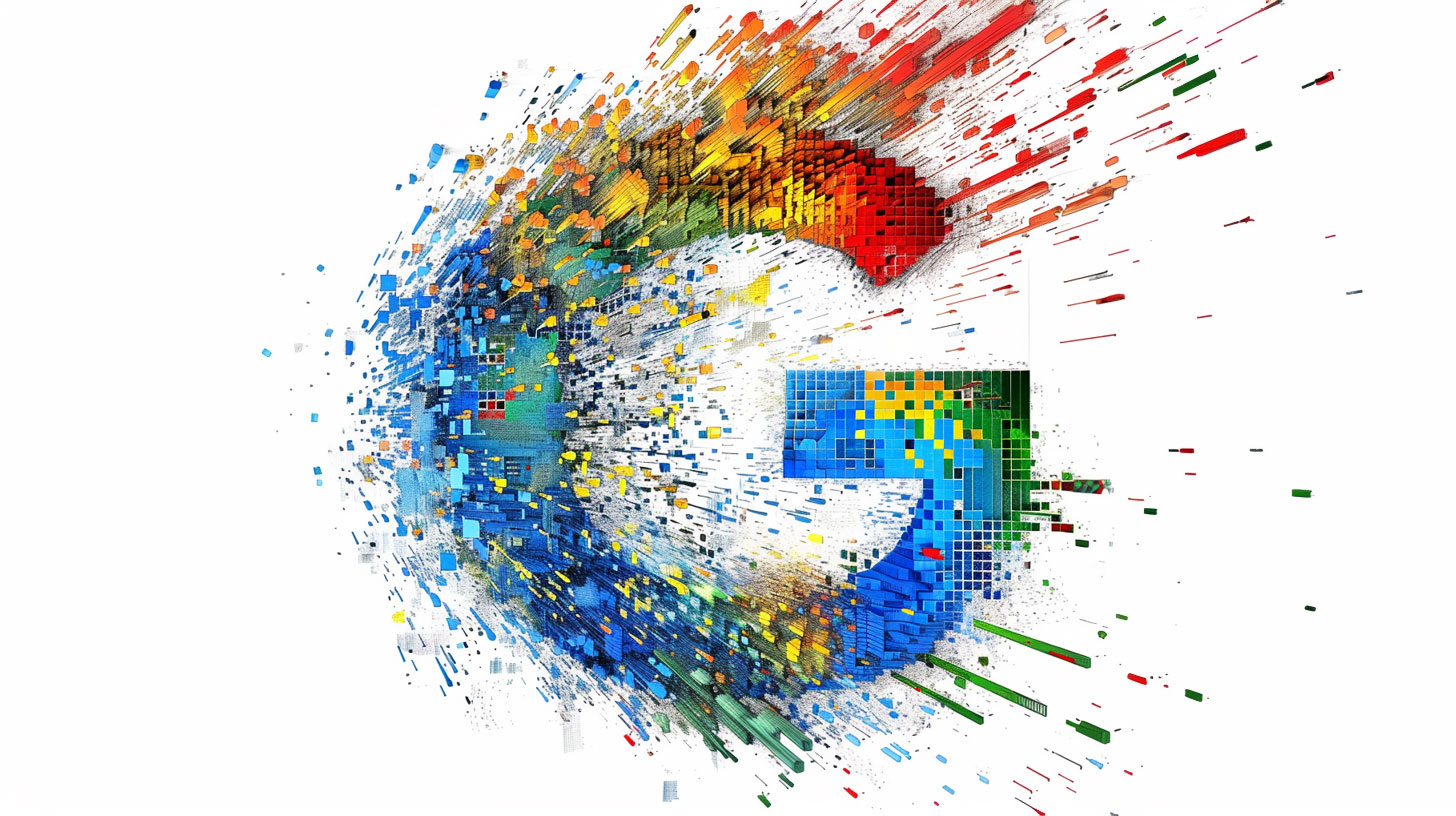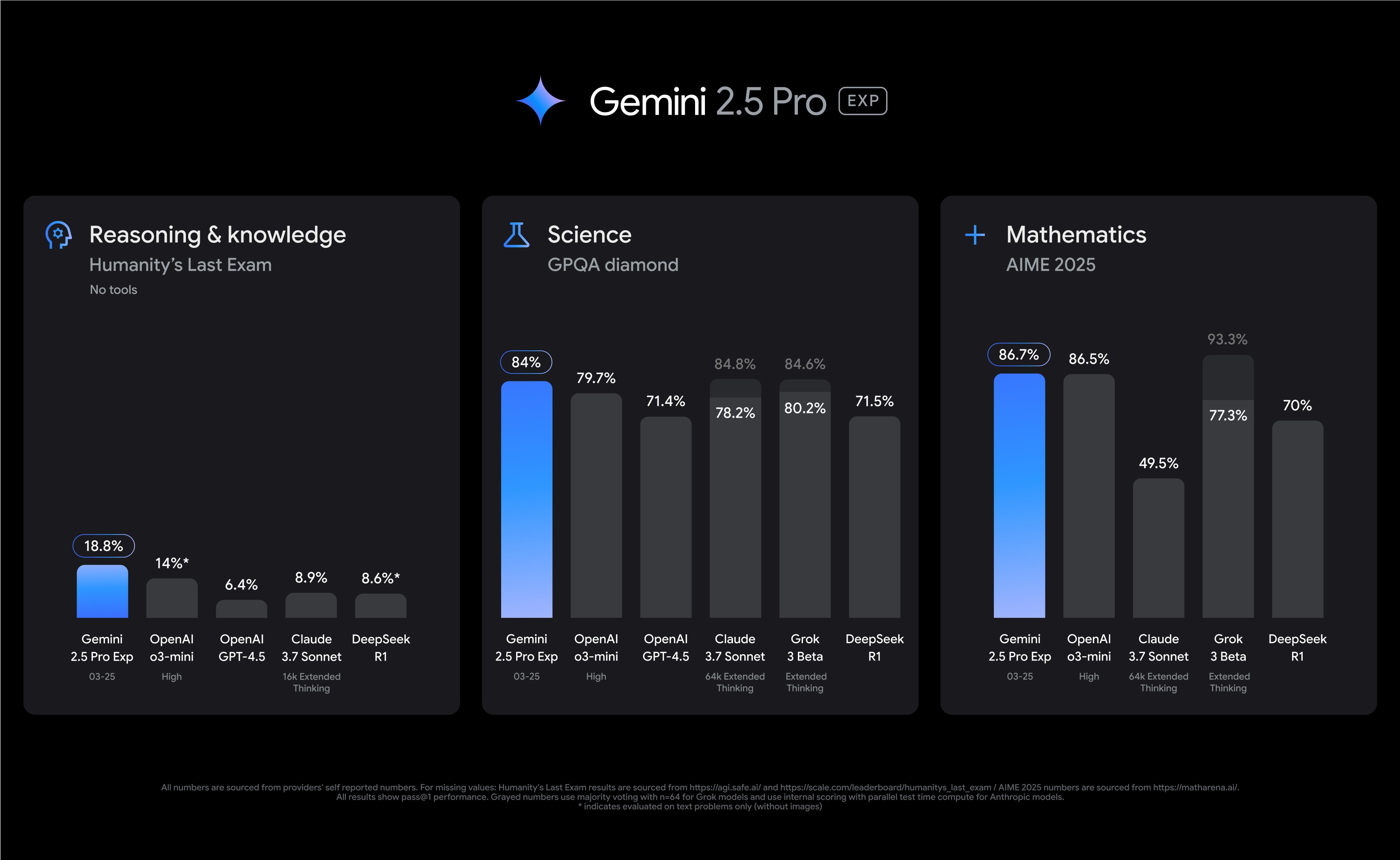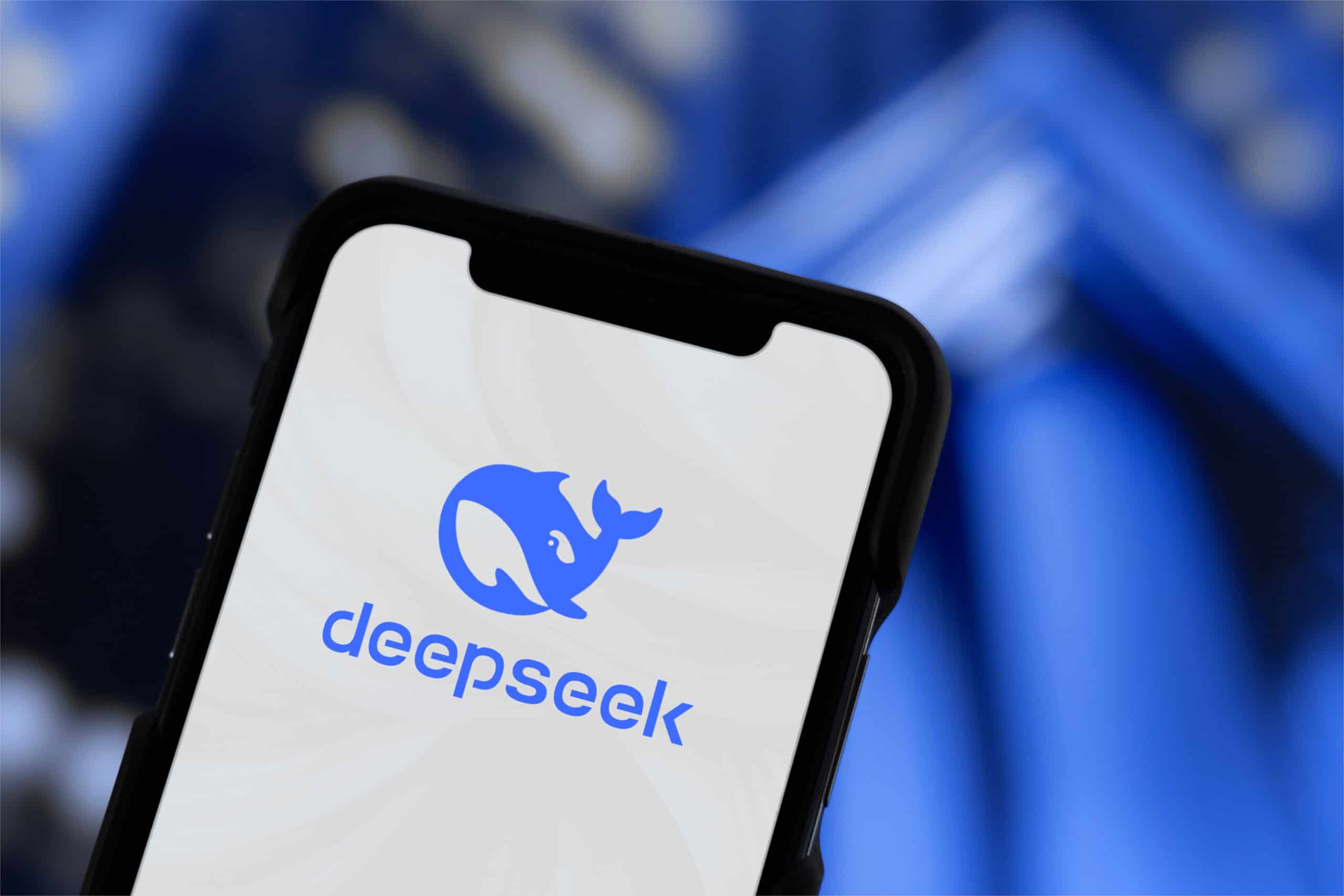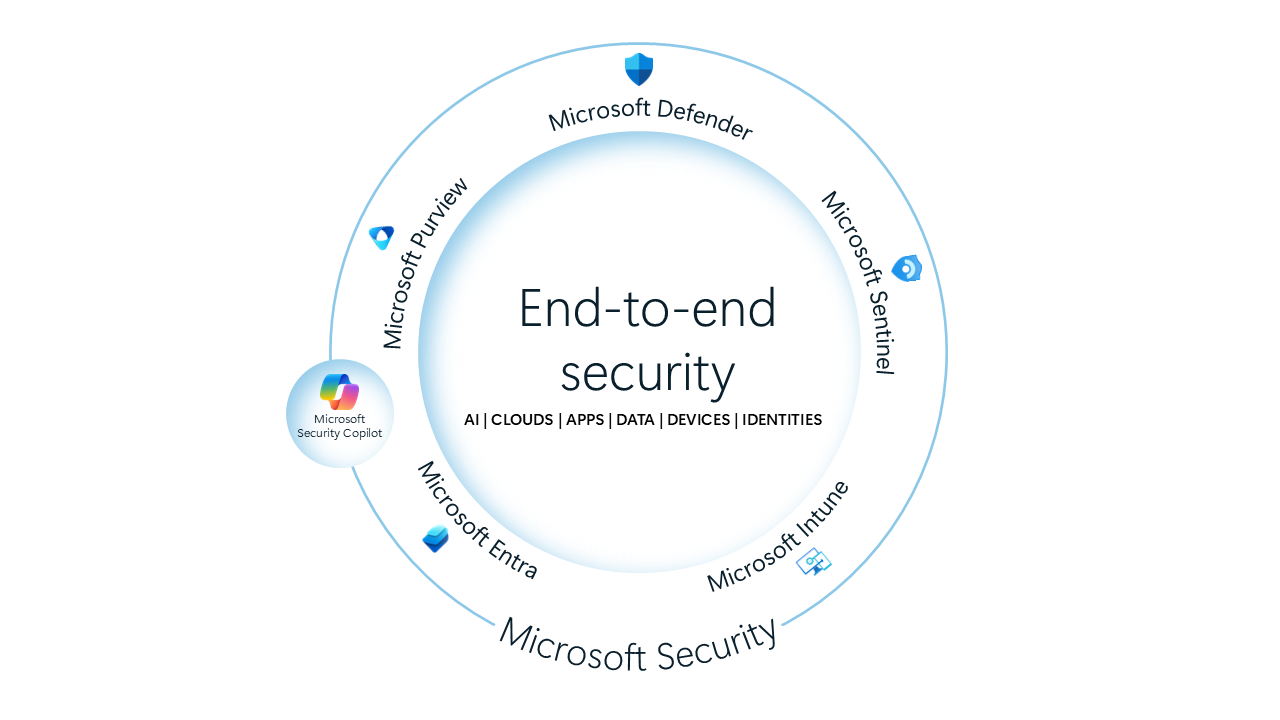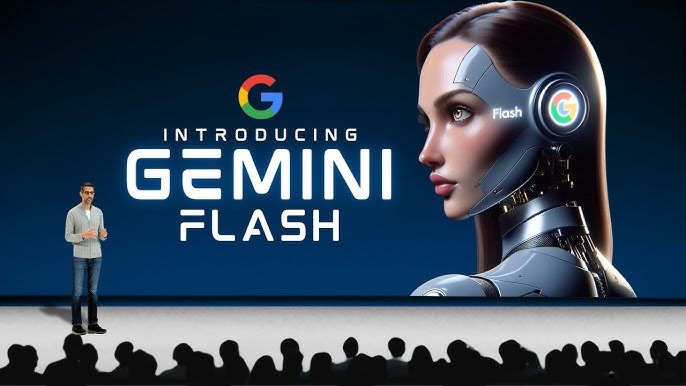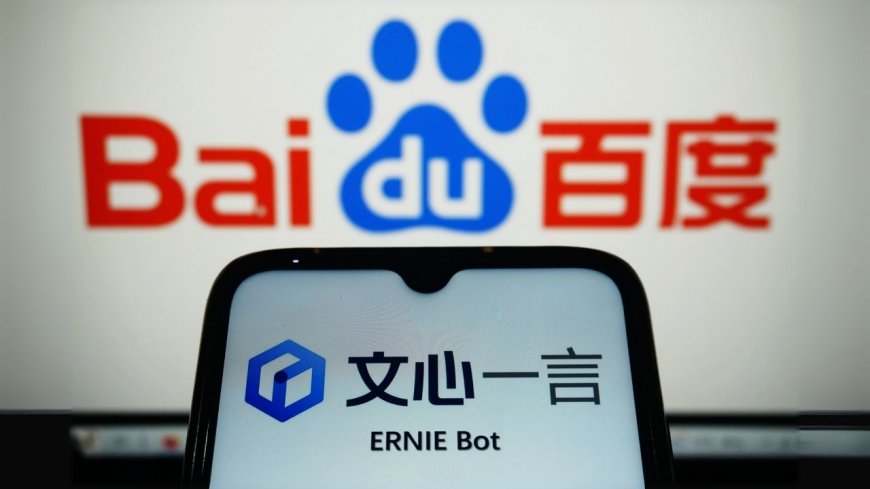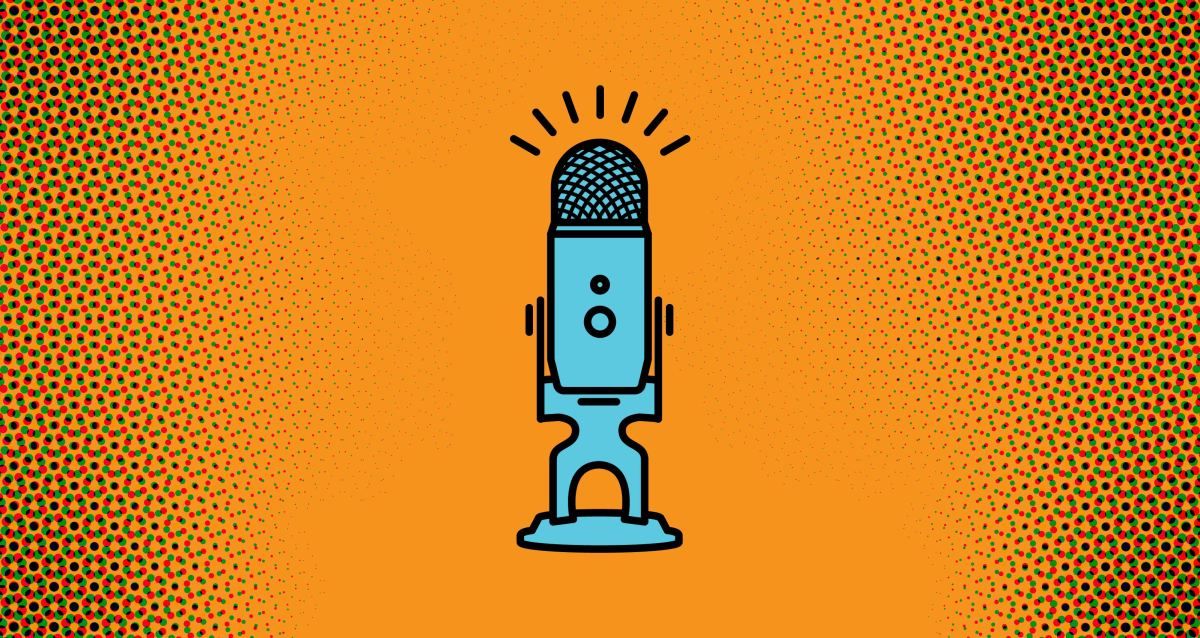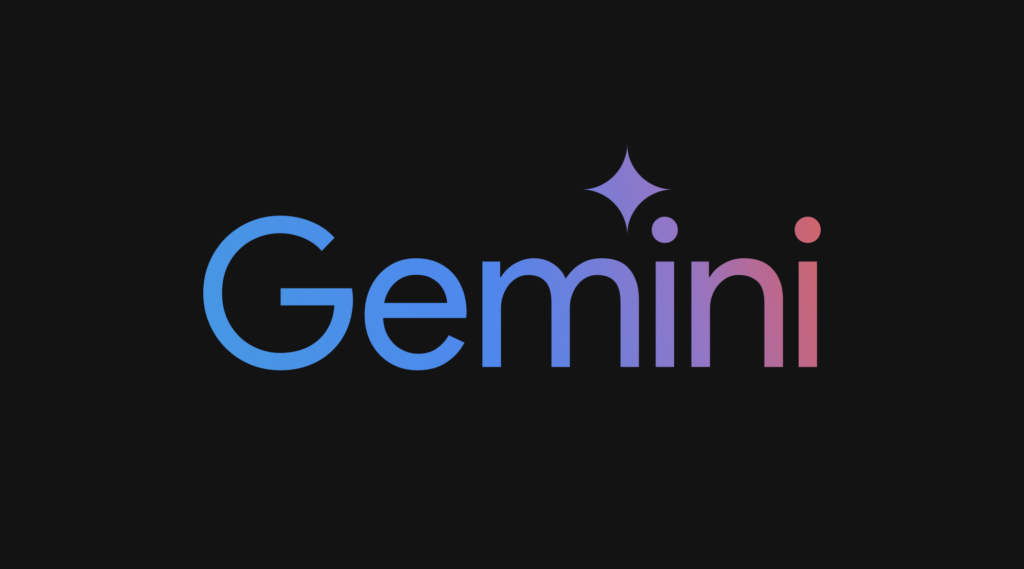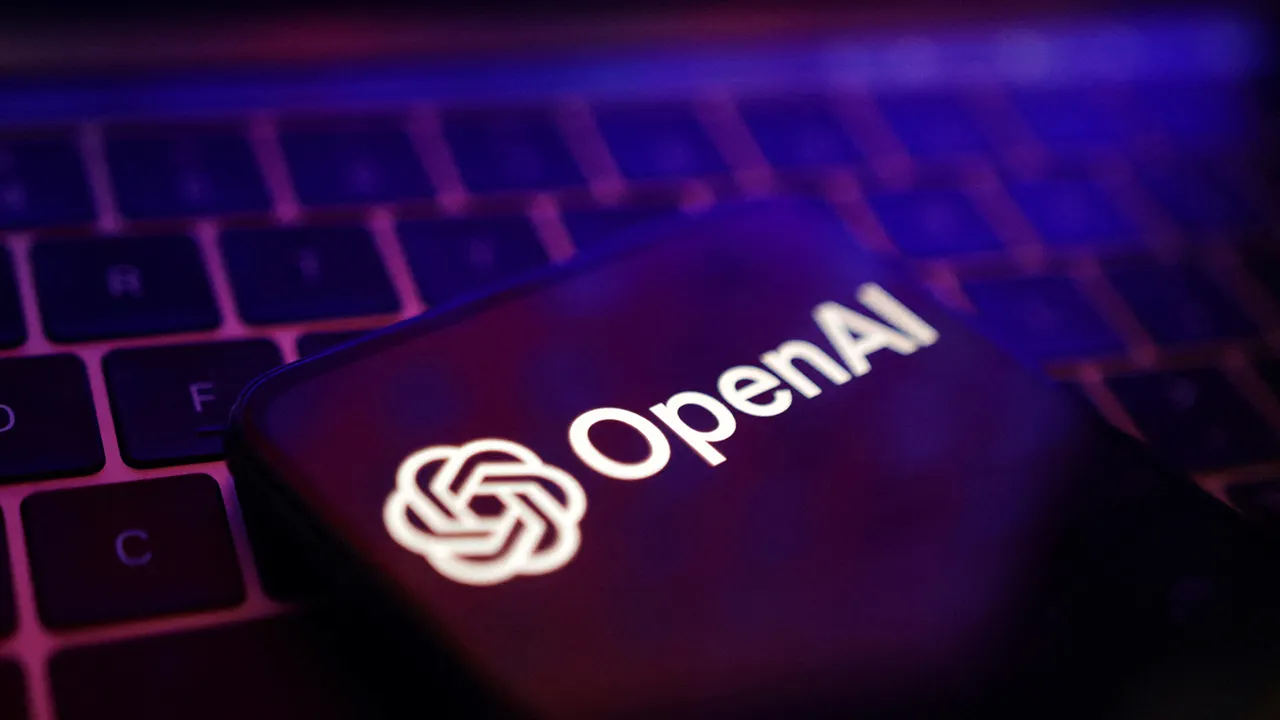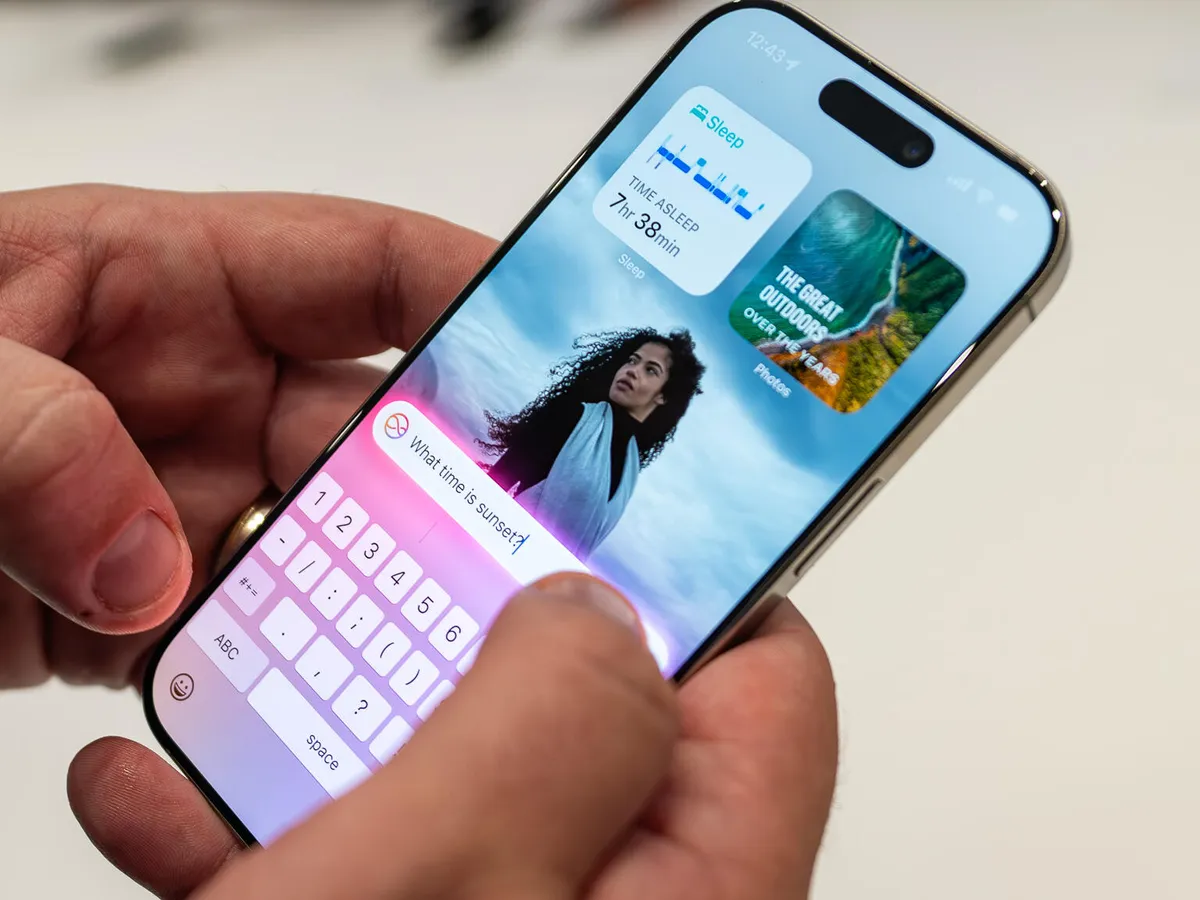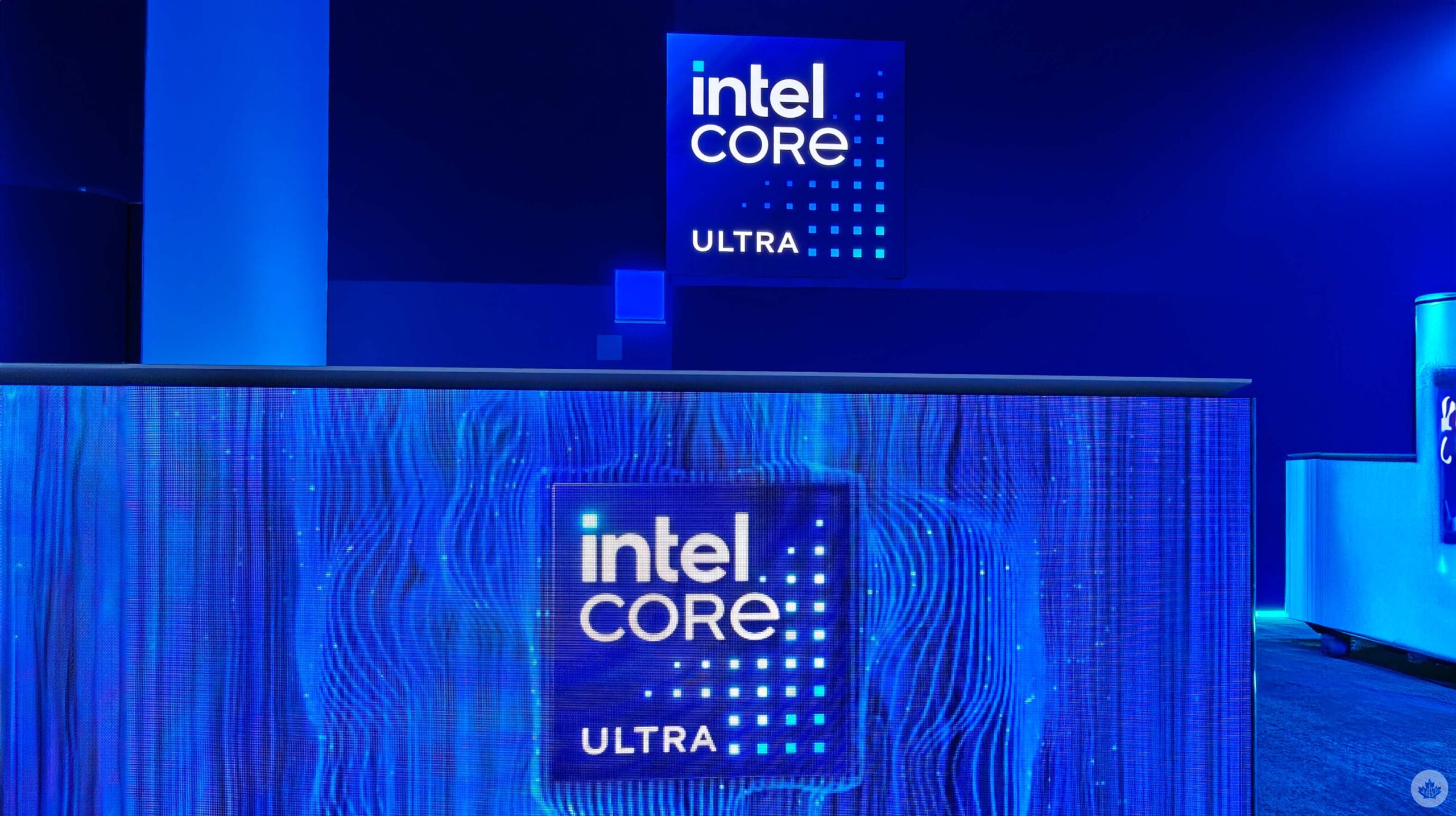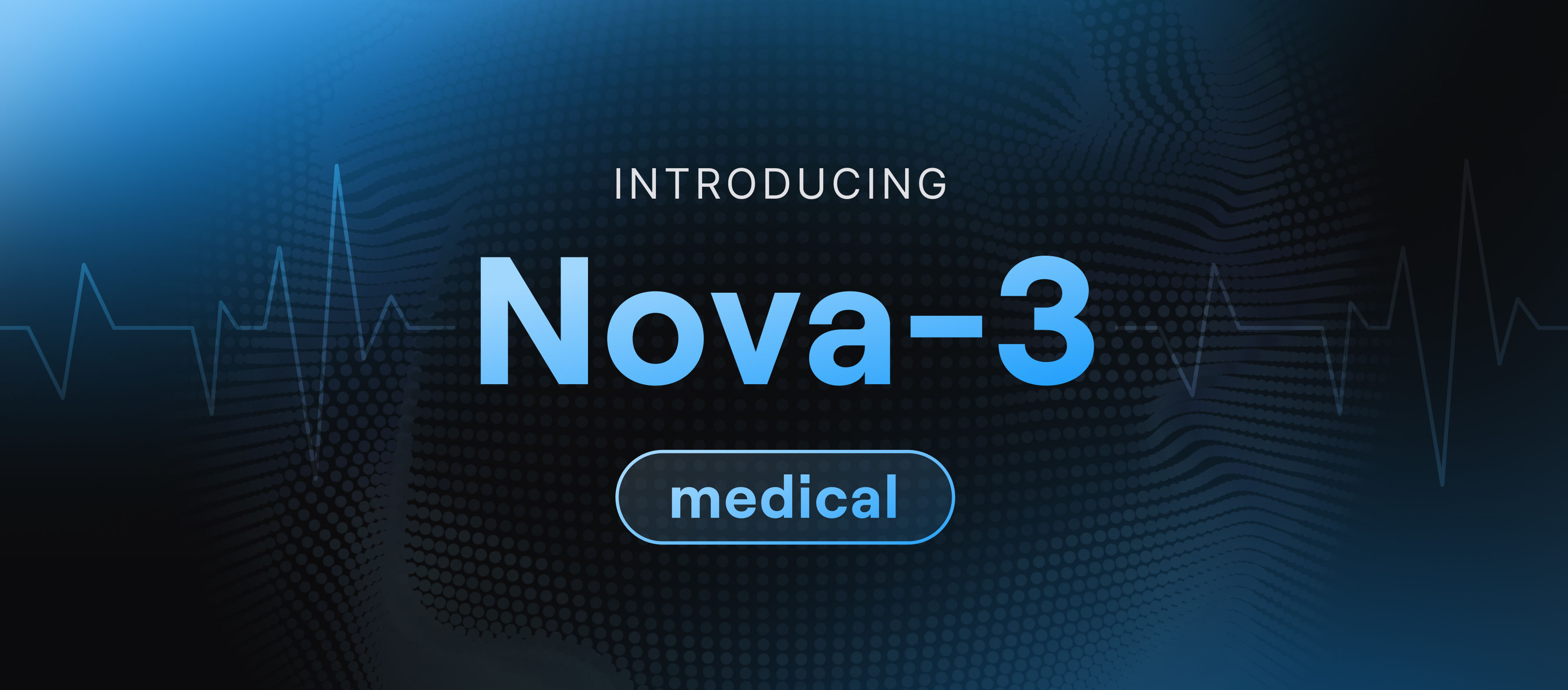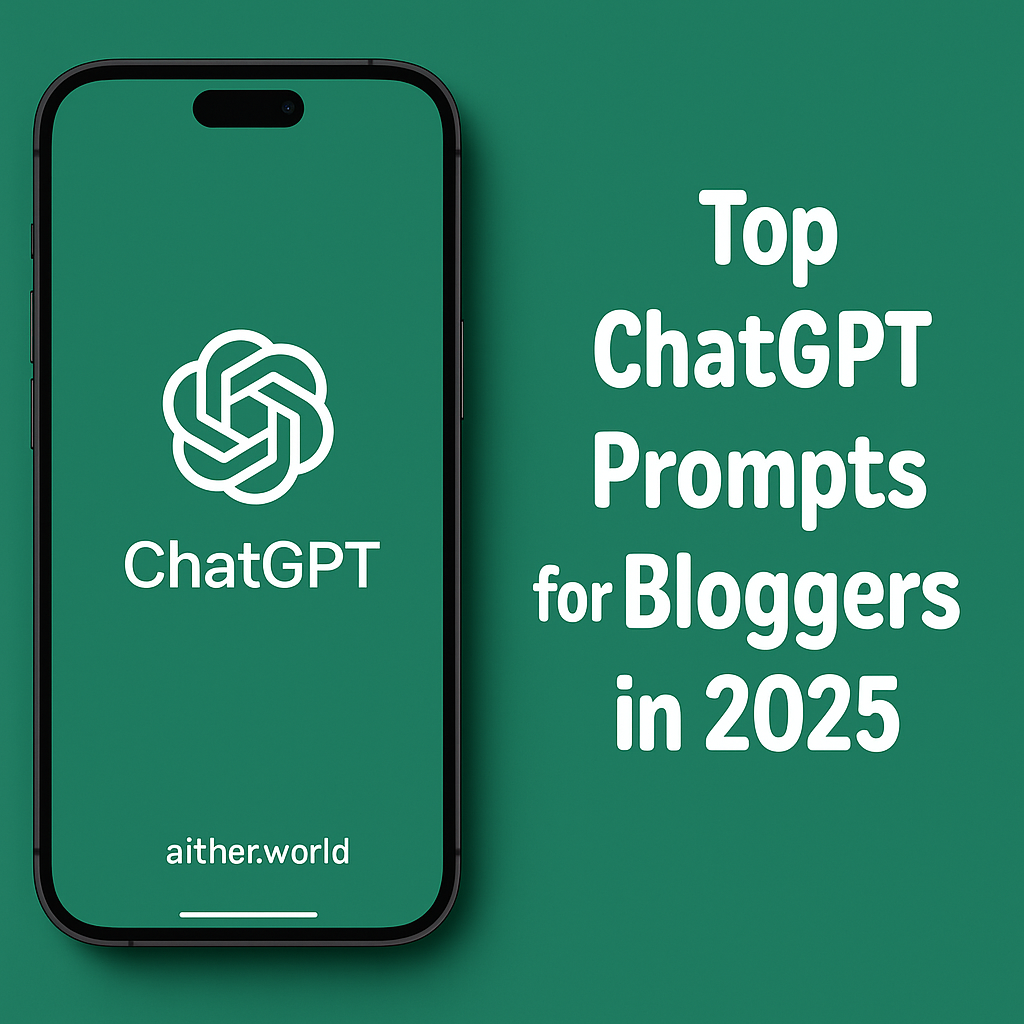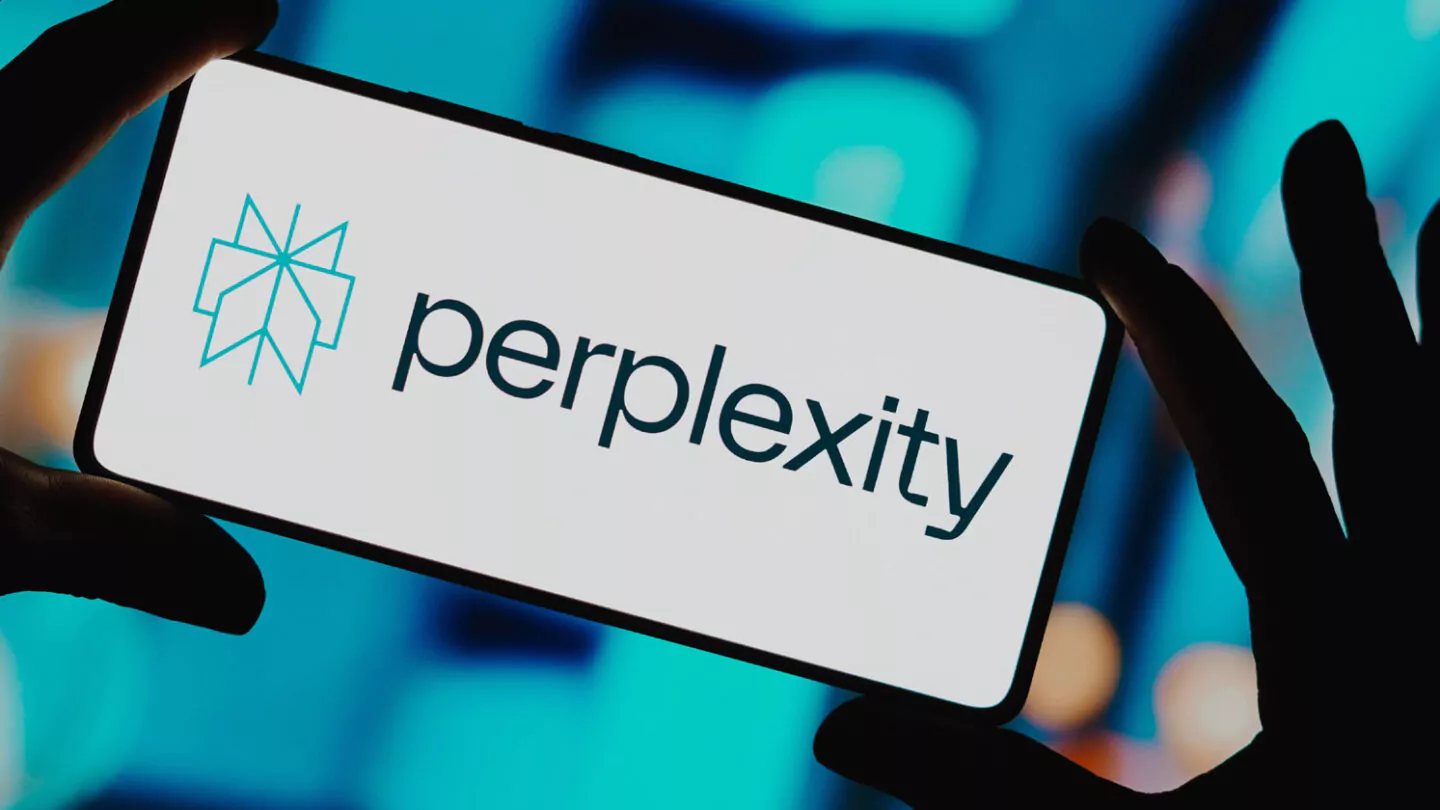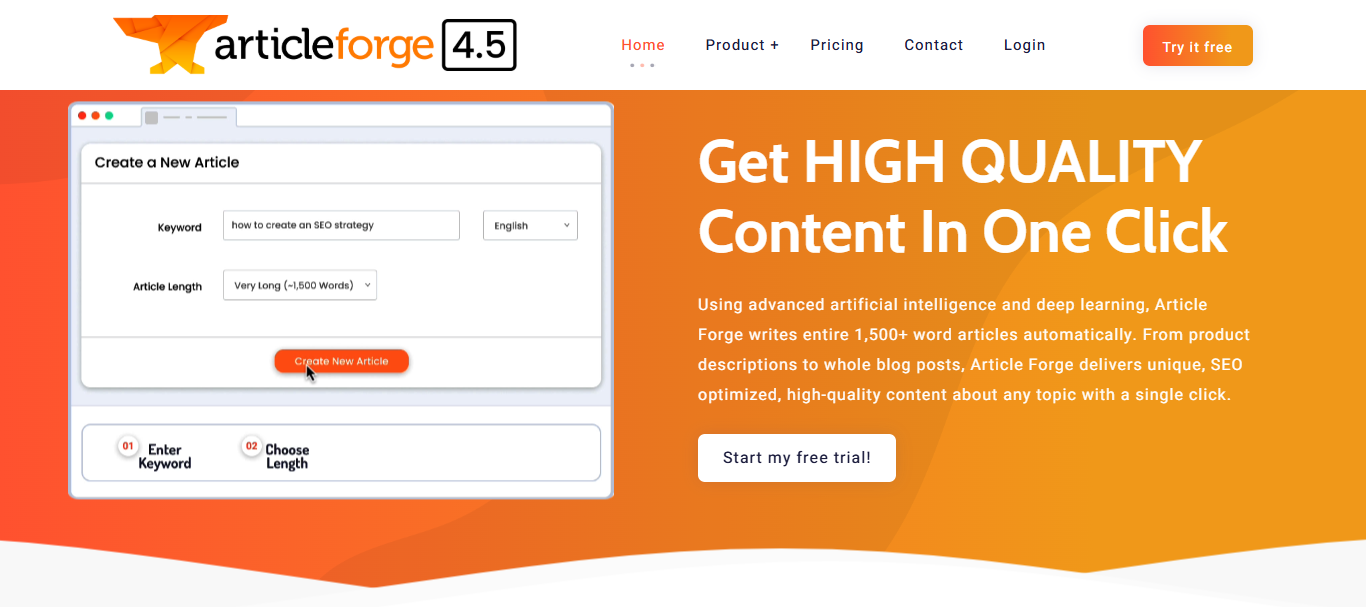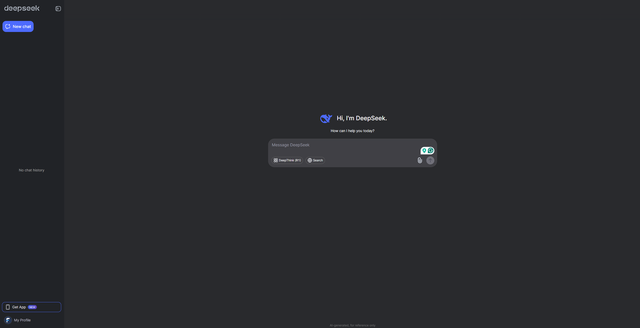In a whirlwind week of AI innovation, major tech players are reshaping the industry. Alibaba has unveiled a groundbreaking AI model that runs seamlessly on mobile devices, OpenAI is standardizing interconnectivity with its new protocol, Microsoft has rolled out exciting Copilot updates for Windows and Microsoft 365, and Ideogram has launched its most advanced text-to-image model yet. These announcements not only signal new capabilities in artificial intelligence but also hint at a future where efficiency, connectivity, and creative power converge.
Alibaba’s Next-Generation AI: Optimized for Mobile and Beyond
Alibaba has made headlines by launching a state-of-the-art AI model designed for edge devices. Engineered to process text, images, audio, and video in real time, the model promises to bring intelligent capabilities directly to smartphones and laptops. With an architecture optimized for low-latency and high efficiency, Alibaba’s new AI is poised to power a new generation of applications—from assisting visually impaired users with real-time audio descriptions to enhancing on-device customer service solutions. This innovation comes on the heels of strategic partnerships, including collaborations with global brands like Apple, and a major investment plan in AI and cloud infrastructure.
Alibaba's Qwen 2.5 is a cutting-edge series of AI models designed to rival leading global and open-source alternatives like Llama 3.1 and GPT-4. It includes models optimized for general language tasks, programming, mathematics, and multimodal capabilities.
Check this out:
Open Source Accessibility
Most Qwen 2.5 models are open-source under the Apache 2.0 license, except for the largest variants (3B and 72B), which are available via APIs like Qwen-Plus and Qwen-Turbo. The open-source nature supports diverse applications across industries such as gaming, automotive, and scientific research.
OpenAI Sets a New Standard with Its Model Context Protocol
In a bid to streamline data connectivity across the AI ecosystem, OpenAI is embracing Anthropic’s Model Context Protocol (MCP). The protocol offers a universal framework that allows AI models to integrate seamlessly with external data systems. By reducing the need for bespoke integrations, MCP not only accelerates development but also improves the accuracy and relevance of AI-generated responses. OpenAI’s integration of MCP will soon be evident in its Agents SDK, ChatGPT desktop app, and Responses API—paving the way for more robust and interconnected AI assistants that can access and process real-world data efficiently.
Microsoft Copilot Update: Enhanced Productivity Across Windows and Microsoft 365
Microsoft's Copilot has undergone substantial improvements focused on enhanced automation and accessibility. The platform now features autonomous agents in Copilot Studio that can monitor inboxes, track SharePoint changes, and automate various business processes through triggers. Accessibility has expanded with Government Community Cloud (GCC) support and mobile access via Copilot Pages. Document handling capabilities have significantly improved, with Word now able to summarize documents up to 1.5 million words, while PowerPoint users benefit from translation features and speaker note generation. Additionally, AI-driven image insights are now available across all Copilot variants.
Future developments and recent updates include generative actions that enable more fluid conversations with less manual configuration, and new graph connectors that simplify integration of enterprise data from platforms like Stack Overflow and Salesforce Knowledge. The Microsoft 365 Admin Center has been enhanced with improved transparency for agent metadata and better management of shared Copilot agents. These changes collectively represent Microsoft's strategy to integrate AI-driven productivity tools throughout its ecosystem, boosting efficiency and user experience in both personal and professional environments.
Ideogram 3.0: Stunning Realism and Consistent Styles in AI-Generated Images
Ideogram 3.0 represents a significant advancement in AI image generation technology, delivering exceptional realism and style consistency from text prompts. Its standout feature is the ability to seamlessly integrate text into images while maintaining aesthetic quality, making it particularly valuable for creating artwork, social media content, presentations, and logos. The platform offers diverse customization options through various style tags including Illustration, Typography, Poster, Photo, 3D Render, and Anime, which can be combined to achieve specific visual outcomes. Additional tools like "Magic Fill" for image corrections and "Extend" for expanding image boundaries (in paid plans) further enhance its versatility, alongside remix functionality that allows users to create variations while preserving original aesthetics.
The platform excels in generating high-quality human portraits with minimal flaws and offers a user-friendly interface suitable for beginners, with free generation of up to four images daily. However, it does have limitations, particularly with complex scenarios like group shots or intricate animal visuals, and sometimes produces unnaturally glossy finishes in food images. Despite these constraints, Ideogram 3.0 represents a compelling competitor to established tools like DALL-E 3 and MidJourney by effectively combining photorealistic outputs with extensive customization capabilities for diverse creative and marketing applications.
